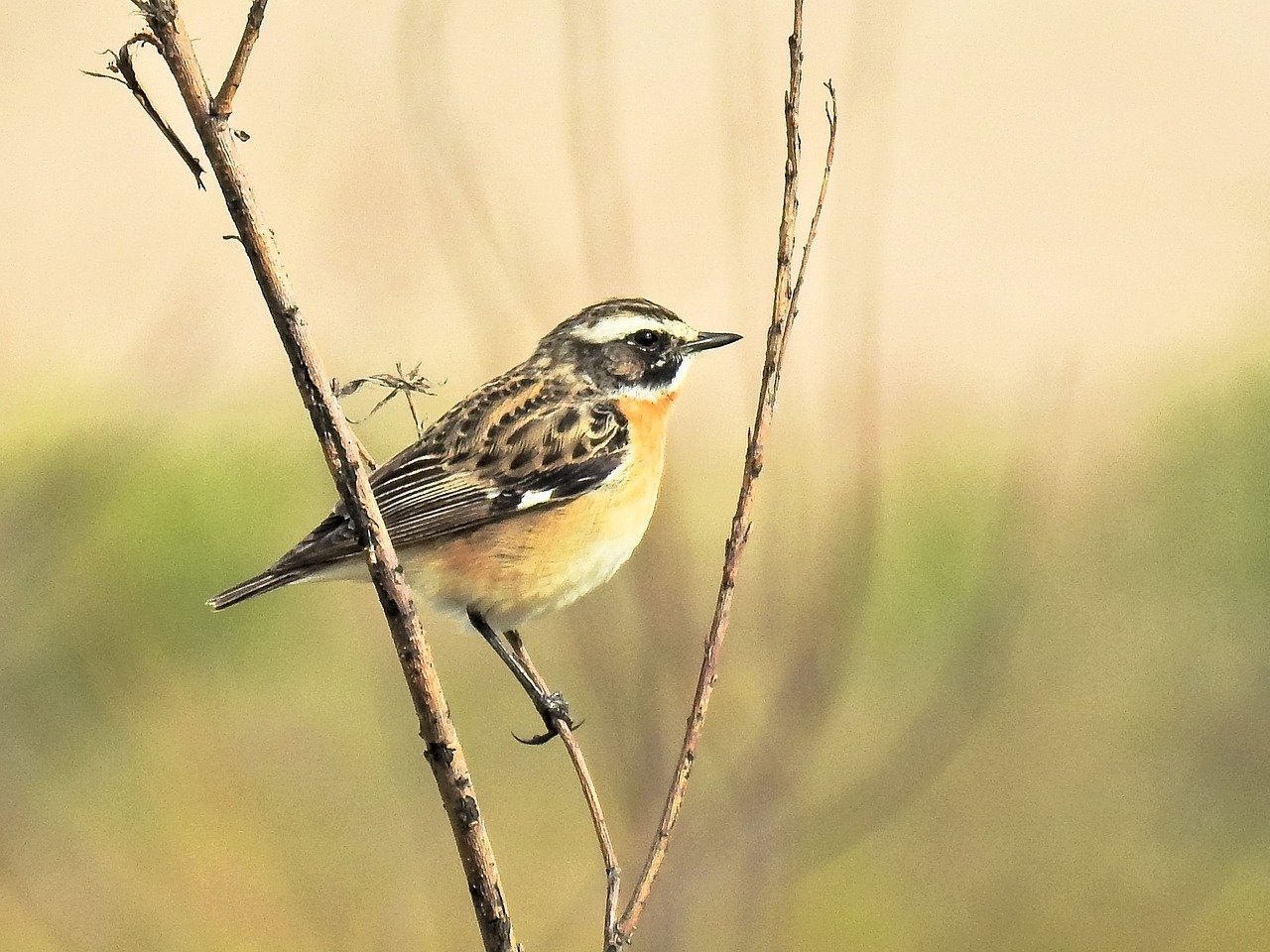Non-breeding ecology of the Whinchat Saxicola rubetra in Nigeria
DOI:
https://doi.org/10.34080/os.v22.22591Keywords:
winter ecology, population density, Africa, foraging ecology, behaviour study, territoriality, radio telemetryAbstract
This study on the non-breeding ecology of the Whinchat Saxicola rubetra was conducted in central Nigeria from February through April. The core site was at Gwafan (N09°53', E08°57'), an open scrubland located 10 km east of the city of Jos. The density of Whinchats at Gwafan was 0.58 individuals/ ha, almost three times the overall density around Jos. Time budget observations of colour banded Whinchats, including six birds fitted with radio-transmitters, showed that they spent 80% of their time perching, 11% foraging, 7% preening, and 2% flying. The main method of catching insects was a swoop to the ground. There was no change in perching, preening or flying time but the time some Whinchats spent foraging increased towards the end of the study period. GPS positions of individuals showed that all birds held clearly demarcated territories and defended them against neighbours. Aggressive interactions were also recorded between Whinchats and other bird species. Three birds colour-ringed in 2006 returned to the study site in 2007 and one occupied almost the same territory, indicating site fidelity.
Downloads

Downloads
Published
How to Cite
Issue
Section
License
The copyright of each contribution belongs to the author(s), but all contributions are published under a Creative Commons license, so that anyone is free to share and reuse the contribution as long as the copyright holder is attributed.







